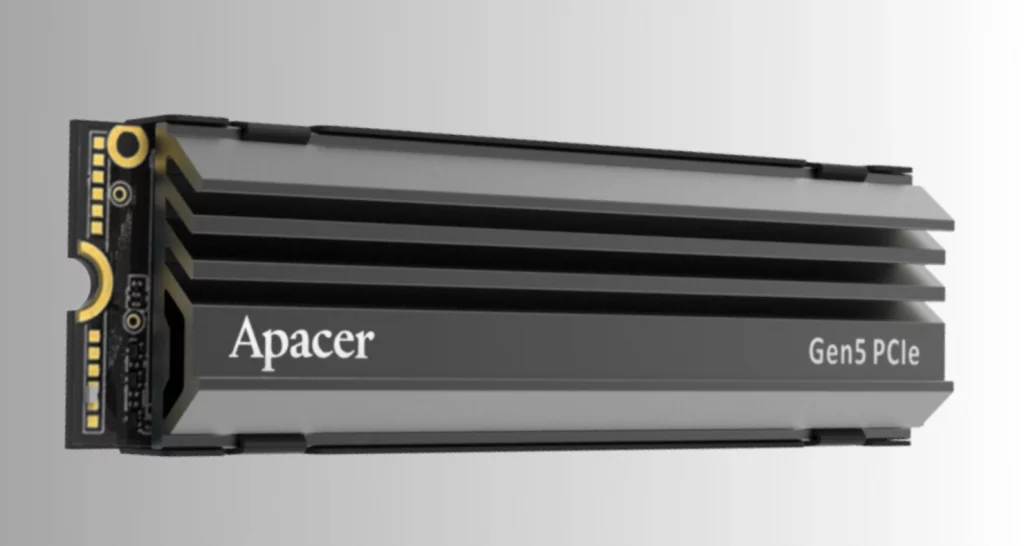The recent buzz around PCIe 5.0 vs PCIe 4.0 has garnered significant attention, especially among PC enthusiasts and professionals looking to push their systems to the limit. This blog aims to lay out the key differences between PCIe 5.0 and PCIe 4.0, helping you understand which might be the best fit for your needs.
Whether you’re building a new system or considering an upgrade, understanding these technologies is essential for making an informed decision.
What is PCIe 5.0 SSD
PCIe Gen5 is the latest PCIe (Peripheral Component Interconnect Express) technology version. It offers significant improvements over its predecessor, PCIe 4.0. The foremost benefit of PCIe 5.0 is its increased data transfer speeds, with a theoretical maximum speed of 32 GT/s (Giga transfers per second).
It is twice the speed of PCIe 4.0, which has a maximum speed of 16 GT/s. In practical terms, this means that PCIe 5.0 can transfer data at up to 128 GB/s per lane, compared to PCIe 4.0’s maximum of 64 GB/s per lane. This faster data transfer speed improves system performance, making it a preferred choice for demanding applications like gaming, video editing, and 3D rendering.
PCIe Gen 5 Features
In addition to its faster data transfer speeds, PCIe 5.0 SSDs offer several new features that increase flexibility and efficiency. One such feature is the ability to split each PCIe lane into two virtual lanes, allowing for more devices to be connected simultaneously without affecting performance.
This is particularly useful for servers and data centers where many devices must be connected. PCIe 5.0 also supports advanced error correction, ensuring more reliable data transmissions and reducing the chances of system crashes or errors.
Additionally, it offers improved power efficiency, consuming less power while still delivering higher performance.
Increased Bandwidth
One of the primary advantages of PCIe 5.0 over PCIe 4.0 is its increased bandwidth, which refers to the amount of data that can be transferred per unit of time.
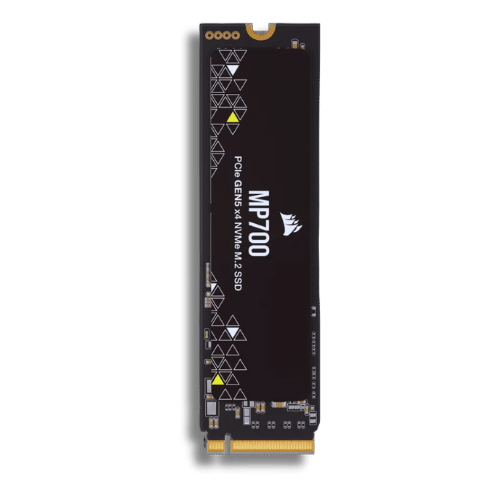
With a maximum speed of 32 Giga transfers per second (GT/s) and the ability to support up to 32 lanes for high-speed data transfer, the PCIe 5.0 interface boasts an impressive total bandwidth of up to 4 terabytes per second (TB/s), making it a powerful choice for demanding data-intensive applications.
In comparison, PCIe 4.0 has a maximum bandwidth of 2 TB/s. This significant increase in bandwidth makes PCIe 5.0 the ideal choice for high-performance computing applications that need large amounts of data to be processed quickly and efficiently.
Backward Compatibility
Despite its many improvements, PCIe 5.0 is still backward compatible with PCIe 4.0, meaning that devices designed for PCIe 4.0 can still be used on a PCIe 5.0 system. However, they will only operate at the maximum speed supported by PCIe 4.0 (16 GT/s). This backward compatibility is crucial for those who may not want to upgrade all their components at once and want to future-proof their systems.
Improved Efficiency
In addition to its increased bandwidth and backward compatibility, PCIe 5.0 offers improved efficiency over its predecessor. This is achieved through various techniques, such as reducing the latency (delay) in data transfers and implementing a new coding scheme that reduces the overhead required for error correction. These enhancements lead to quicker data transfers and lower power usage, appealing to those aiming for energy-efficient systems.
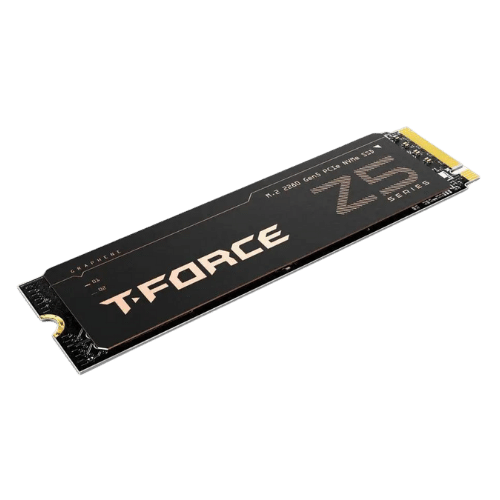
Improved Error Correction
With the ever-increasing amount of data being transferred, a reliable error correction mechanism is essential. PCIe 5.0 offers improved error detection and correction capabilities compared to PCIe 4.0, ensuring more accurate data transfers and less risk of system crashes or errors. This is crucial for mission-critical apps, where tiny errors can lead to big consequences.
Hot Plug Support
One handy feature of PCIe 5.0 is its support for hot plugging, enabling devices to be connected or disconnected without system shutdown.
This feature is especially beneficial for servers and data centers where components may need to be replaced or added while the system is still running.
PCIe 4.0 Benefits Compared to PCIe 5.0
While PCIe 5.0 offers many advantages, PCIe 4.0 has its own benefits, making it a viable option for certain use cases. First and foremost, PCIe 4.0 is more widely available and supported than PCIe 5.0, which is still a relatively new technology.
This means motherboards, CPUs, and other components supporting PCIe 4.0 are more affordable and readily available. Additionally, PCIe 4.0 can still handle demanding applications and workflows, making it a cost-effective choice for those on a budget.
Which One is Better? SSD PCIe 5.0 vs 4.0
The answer to this question depends on your specific needs and use case. If you need maximum performance for demanding applications, PCIe 5.0 is the clear winner with its faster data transfer speeds and advanced features.
However, for everyday use, PCIe 4.0 may be a more cost-effective option that still provides significant improvements over previous generations of PCIe technology.
Doubles the bandwidth of PCIe 4.0
Doubles the bandwidth of PCIe 3.0
32 GT/s (Giga transfers per second)
16 GT/s (Giga transfers per second)
4 GB/s (Gigabytes per second)
2 GB/s (Gigabytes per second)
128 GB/s in x16 configuration
64 GB/s in x16 configuration
Ideal for content creators, demanding workloads, and high-performance computing.
Suitable for high-end gaming, SSDs, etc.
Still emerging, not yet widely adopted.
Becoming standard for new devices.
Backward compatible but optimized performance with newer hardware
Backward compatible with previous versions
Ultimately, it’s essential to consider your budget, workflow, and future upgrade plans before deciding which PCIe version is the right fit for your system. Regardless of which you choose, PCIe 4.0 and 5.0 are excellent choices for high-speed data transfer and can significantly enhance system performance.
PCIe 5.0 Failure and Data Recovery
While PCIe 5.0 has many impressive features, it is not immune to failure and data loss. In the event of a PCIe 5.0 failure, it’s essential to have a reliable data recovery provider that specializes in PCIe technology. Here at PITS Global Data Recovery Services, we have years of experience recovering data from all PCIe generations.
Our team of experts utilizes state-of-the-art tools and techniques to recover data from even the most complex cases. We understand the urgency of data loss situations, so we offer fast and efficient services to help you get your system back up and running as soon as possible. Contact us today for all your PCIe data recovery needs.
FAQ about PCIe 5 and PCIe 4
What are the differences between PCIe 4.0 and 5.0?
The main distinctions lie in bandwidth and speed. PCIe 5.0 doubles the bandwidth to 32 GT/s per lane and offers up to 4 TB/s total bandwidth, making it significantly faster than PCIe 4.0 SSD.
Can PCIe 4.0 devices work on PCIe 5.0 slots?
Yes, PCIe 5.0 is backward compatible. Devices designed for PCIe 4.0 can operate in PCIe 5.0 slots but will work at PCIe 4.0 speeds.
Is upgrading to PCIe 5.0 worth it for average users?
It depends on your specific needs. If your applications demand high-speed data transfers and you seek peak performance, PCIe 5.0 is beneficial. For everyday tasks, PCIe 4.0 remains a cost-effective and efficient choice.
Will PCIe 5.0 reduce power consumption?
Yes, despite its higher performance, PCIe 5.0 has been designed to improve power efficiency through advanced encoding schemes and reduced latency, contributing to overall reduced power consumption.
Can PCIe 5.0 support hot plugging?
Yes, PCIe 5.0 supports hot plugging, allowing components to be added or removed without shutting down the system. This is particularly useful for servers and data centers where uninterrupted operation is crucial.
What should I do in case of a PCIe 5.0 failure?
If you experience a PCIe 5.0 failure, it’s essential to seek professional data recovery services from a provider that specializes in PCIe technology. Trying to recover the data yourself may result in further damage and permanent data loss.
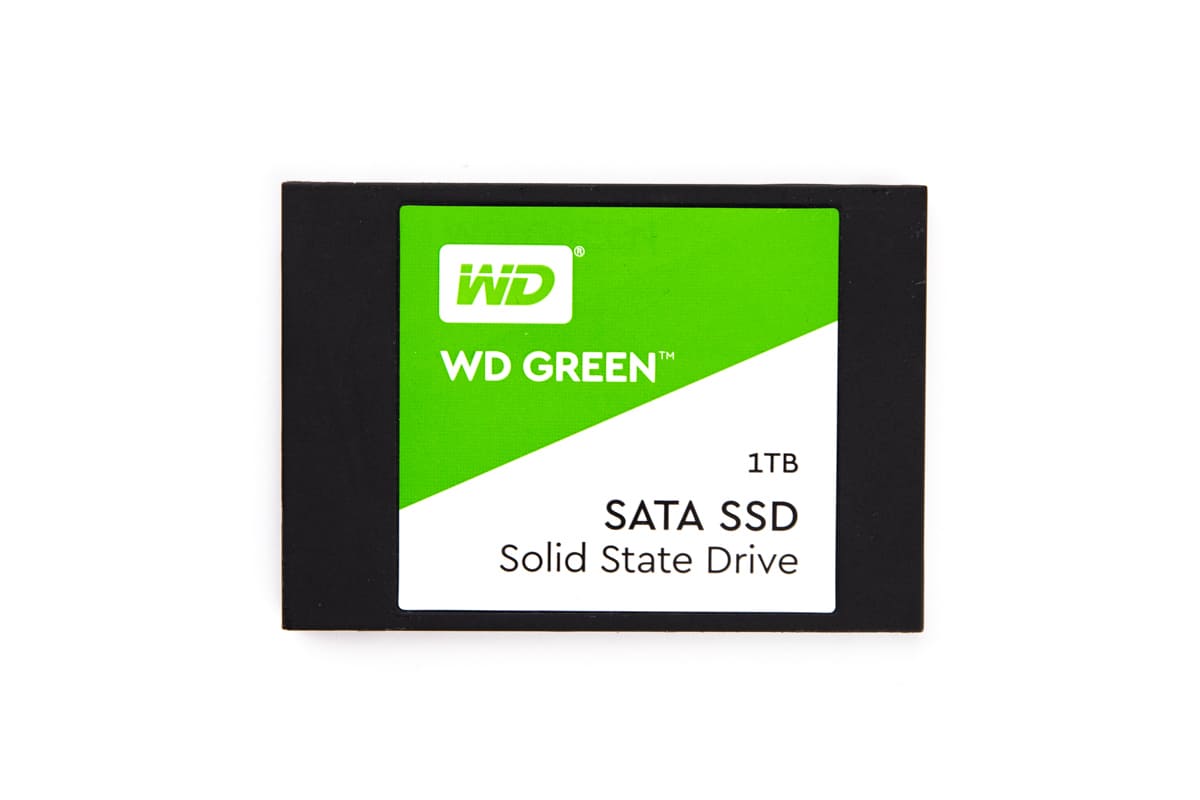
NVMe vs. SATA SSD: Choosing the Right Solid-State Drive
Discover the differences, performance advantages, and compatibility factors to help you make an informed decision.
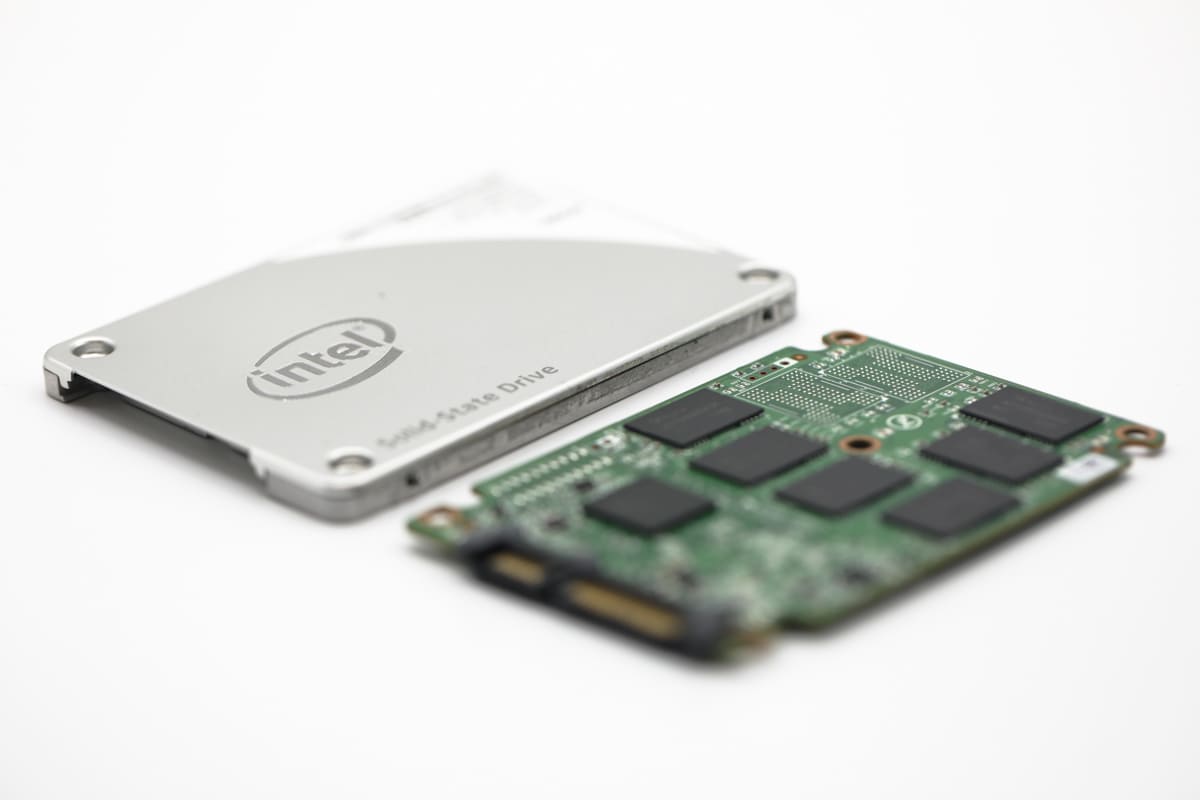
PCIe SSD vs. NVMe SSD
Understand the distinction between M.2 form factor and NVMe protocol, and their crucial roles in modern SSD technology.
